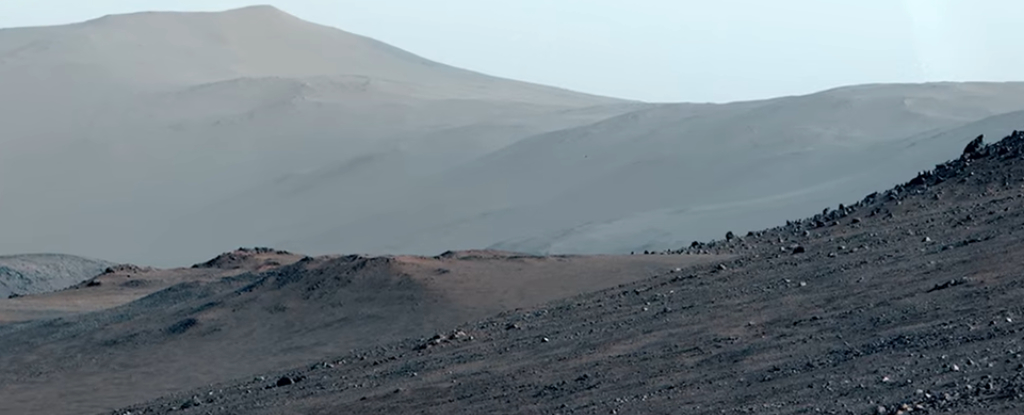The UK’s oldest satellite, Skynet-1A, has mysteriously changed position in space without any clear record of who directed the move or why. Launched in November 1969, just months after the first Moon landing, Skynet-1A originally relayed communications for British military forces from a high orbit over eastern Africa. However, despite the expected gravitational drift toward the Indian Ocean, Skynet-1A now orbits over the Americas, a half-world away from its initial location.
Satellite Drift or Intentional Movement?
Experts in orbital mechanics find it unlikely that the half-tonne satellite simply drifted to this new position. Instead, the shift suggests a deliberate command that activated the satellite’s thrusters in the 1970s, moving it westward. Dr Stuart Eves, a space consultant, highlighted that this shift places the satellite in a “gravity well” at 105 degrees west, where its movement oscillates, bringing it near active satellite traffic, increasing collision risks.
Tracing the Satellite’s Command History
There are efforts being made to trace Skynet-1A’s journey reveal limited historical documentation. According to Graham Davison, who once operated Skynet-1A, the satellite’s command initially remained under the control of the United States before being handed over to the UK’s RAF. Davison notes that it’s possible the Americans later regained command, though records confirming this are sparse. Rachel Hill, a PhD student at University College London, suggested that the move could have occurred during maintenance, when control temporarily transferred to the United States at their Sunnyvale facility.
Impact on Modern Satellite Operations
In light of modern space concerns, Skynet-1A’s position poses a challenge. The Ministry of Defence has stated that it monitors the satellite to avoid potential conflicts with active satellites. Experts like Professor Moriba Jah, an aerospace engineer, warn that aging satellites like Skynet-1A increase the chance of “super-spreader events,” where debris from collisions could endanger current space assets. With advancing technology, the British government may now consider retrieving Skynet-1A to a safer position, ensuring that it no longer poses a risk to the growing population of orbiting satellites.
For the latest tech news and reviews, follow Gadgets 360 on X, Facebook, WhatsApp, Threads and Google News. For the latest videos on gadgets and tech, subscribe to our YouTube channel. If you want to know everything about top influencers, follow our in-house Who’sThat360 on Instagram and YouTube.






